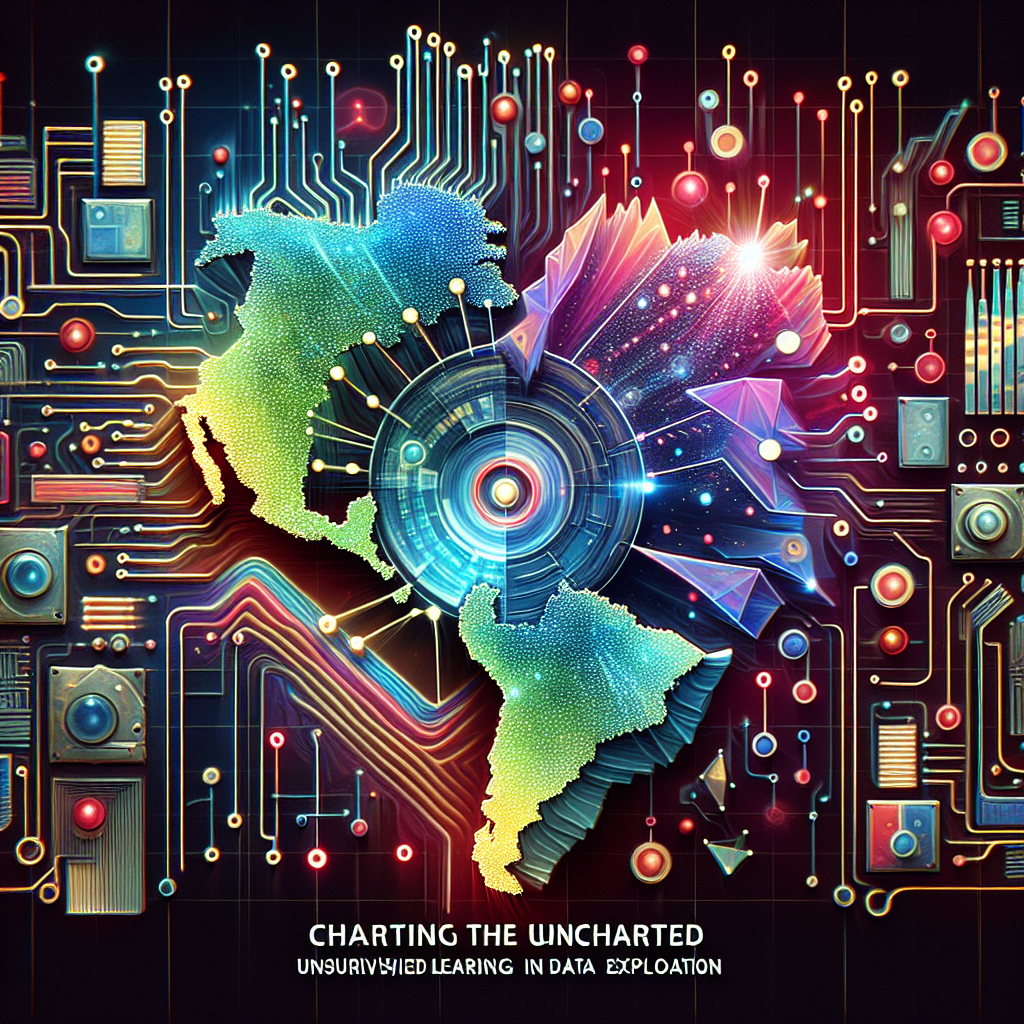In today’s data-driven world, the ability to extract meaningful insights from vast datasets is imperative for the success of businesses and the advancement of science. Traditional analytical methods often require significant human intervention to structure data and define the specific patterns to look for. However, unsupervised learning, a branch of machine learning, is changing this landscape by autonomously discovering hidden patterns and structures in raw data, thereby propelling the frontier of data exploration.
What is Unsupervised Learning?
Unsupervised learning is a type of machine learning that uses machine learning algorithms to analyze and cluster unlabelled datasets. These algorithms discover hidden patterns or data groupings without the need for human intervention. The primary motive is to explore the underlying structure of data to extract meaningful insights and predict future outcomes.
Applications in Data Exploration
Unsupervised learning algorithms are pivotal in various fields including genetics, retail, social networking, and more. They help in identifying the characteristics of gene sequences in biology, predicting customer purchasing patterns in retail, and detecting communities within social networks among other applications.
Popular Unsupervised Learning Algorithms
| Algorithm | Description | Use Case |
|---|---|---|
| K-means Clustering | Divides samples into mutually exclusive clusters | Market segmentation, Image segmentation |
| Hierarchical Clustering | Builds a tree of clusters and relates objects with distance metrics | Disease classification, Organizing computing clusters |
| Principal Component Analysis (PCA) | Reduces dimensionality while retaining most of the original variance | Feature reduction in face recognition, Gene data analysis |
Advantages of Unsupervised Learning
Unsupervised learning offers several advantages, including:
- Discovered Hidden Patterns: It can identify hidden patterns or intrinsic structures in data that are not otherwise apparent.
- Less Human Supervision: It reduces the need for human supervision, making the data analysis process more efficient and less biased.
- Flexibility: It is adaptable to different changes in trends or data environments without needing explicit reprogramming.
“The goal of unsupervised learning is to identify the unknown from the available data. It’s like exploring a dark cave with a flashlight where you uncover artifacts as you navigate.” – Dr. Jane Smith, Data Scientist
Challenges with Unsupervised Learning
Despite its numerous advantages, unsupervised learning also poses some challenges:
- Complexity of Interpretation: The outcomes of unsupervised learning can be difficult to interpret, which can sometimes lead to ambiguous and subjective conclusions.
- High Dimensionality: Handling high dimensional spaces can be challenging as it increases the computational complexity and resource requirements.
- Sensitivity to Input Data: The quality and structure of input data can significantly affect the results, making the preprocessing stage crucial.
Conclusion
In the realm of data science, unsupervised learning presents a powerful toolkit for data exploration. Its ability to work with unlabelled data and discover unseen patterns makes it an invaluable asset in automating decision processes and gaining deeper insights. As computational capabilities continue to evolve, the potential of unsupervised learning to pioneer novel discoveries and sophisticated analyses will only grow. Embracing this technology means staying ahead in the competitive, fast-evolving landscape of data analytics.
FAQs about Unsupervised Learning
- What is the difference between supervised and unsupervised learning?
- Supervised learning uses labeled data to train models, making it suitable for predictive tasks, whereas unsupervised learning works with unlabeled data to identify patterns and structures.
- Can unsupervised learning be used for prediction?
- Unsupervised learning is generally used for exploring data and understanding its structure, not directly for prediction. However, it can indirectly support predictive tasks by uncovering relevant features and relationships.
- Is unsupervised learning fully automated?
- While unsupervised learning can automate many aspects of data analysis, significant human expertise is often required to design the approach and interpret the results effectively.
